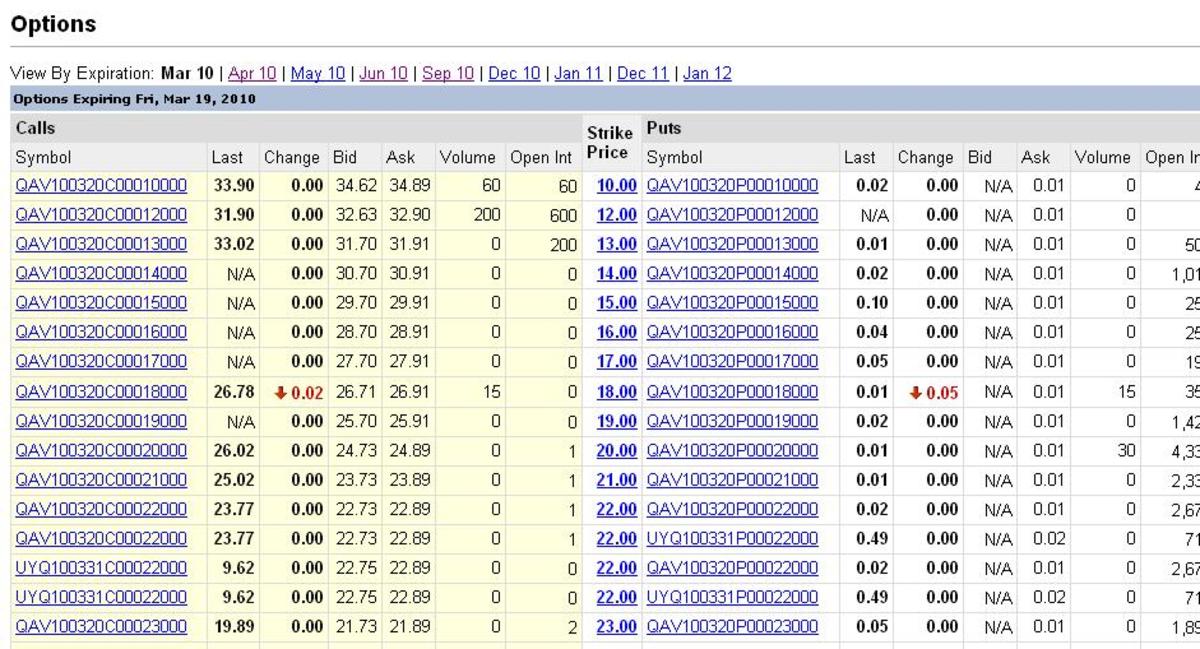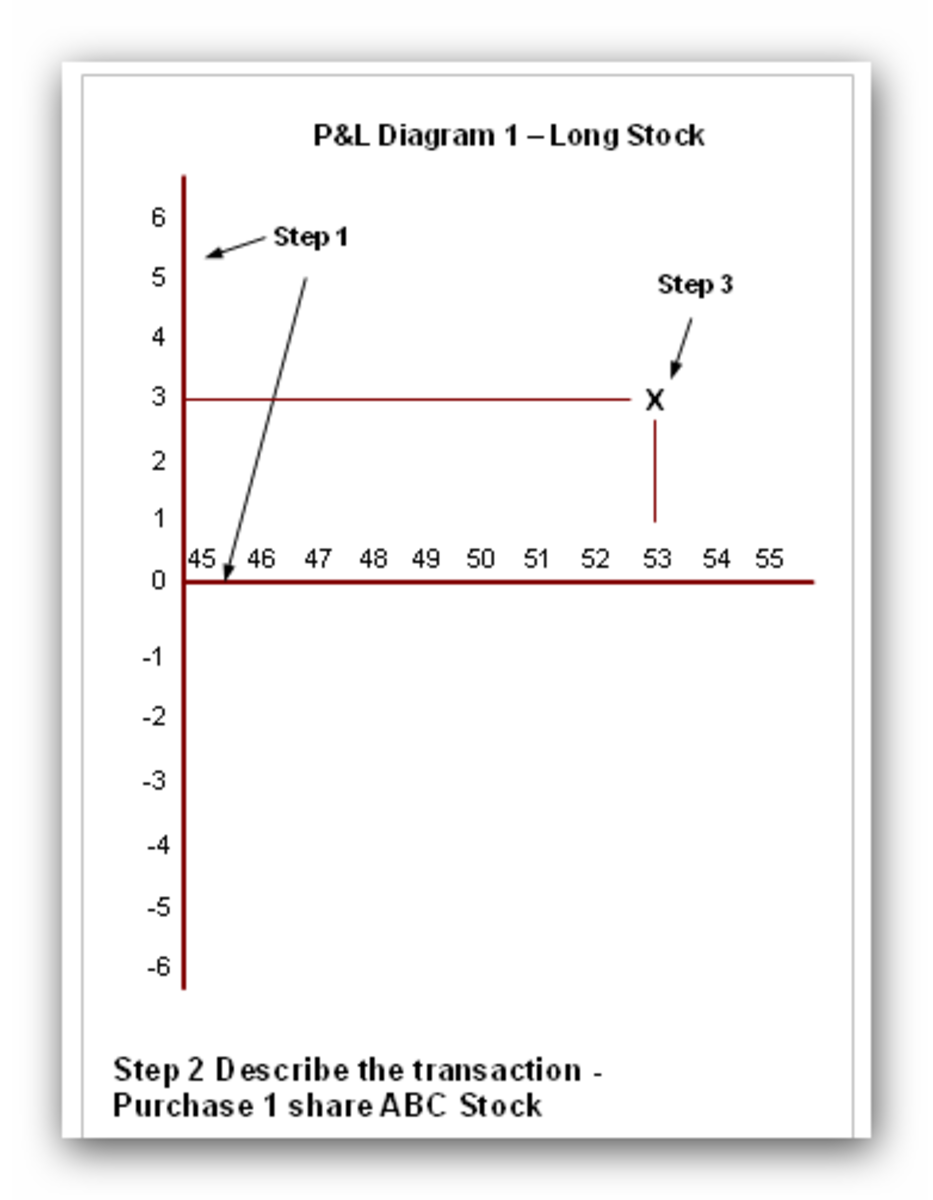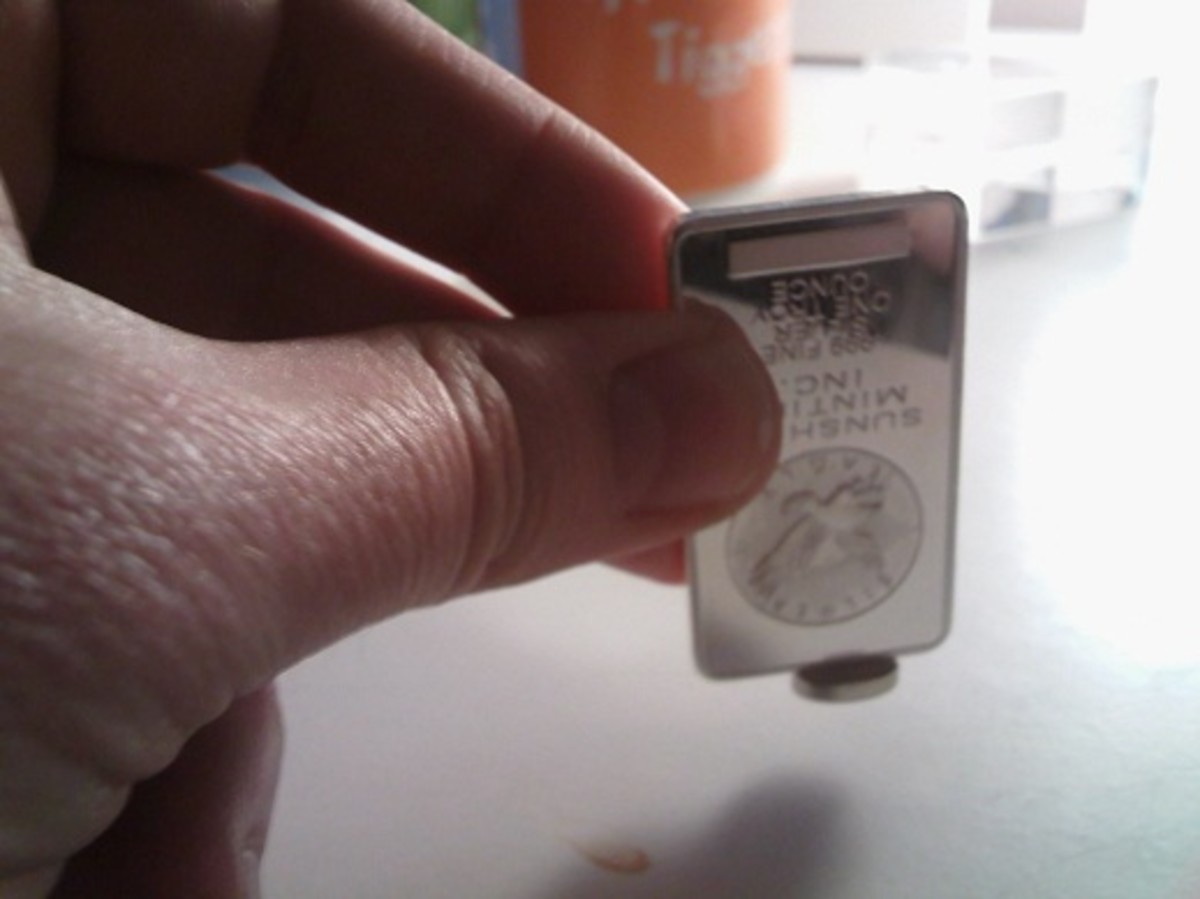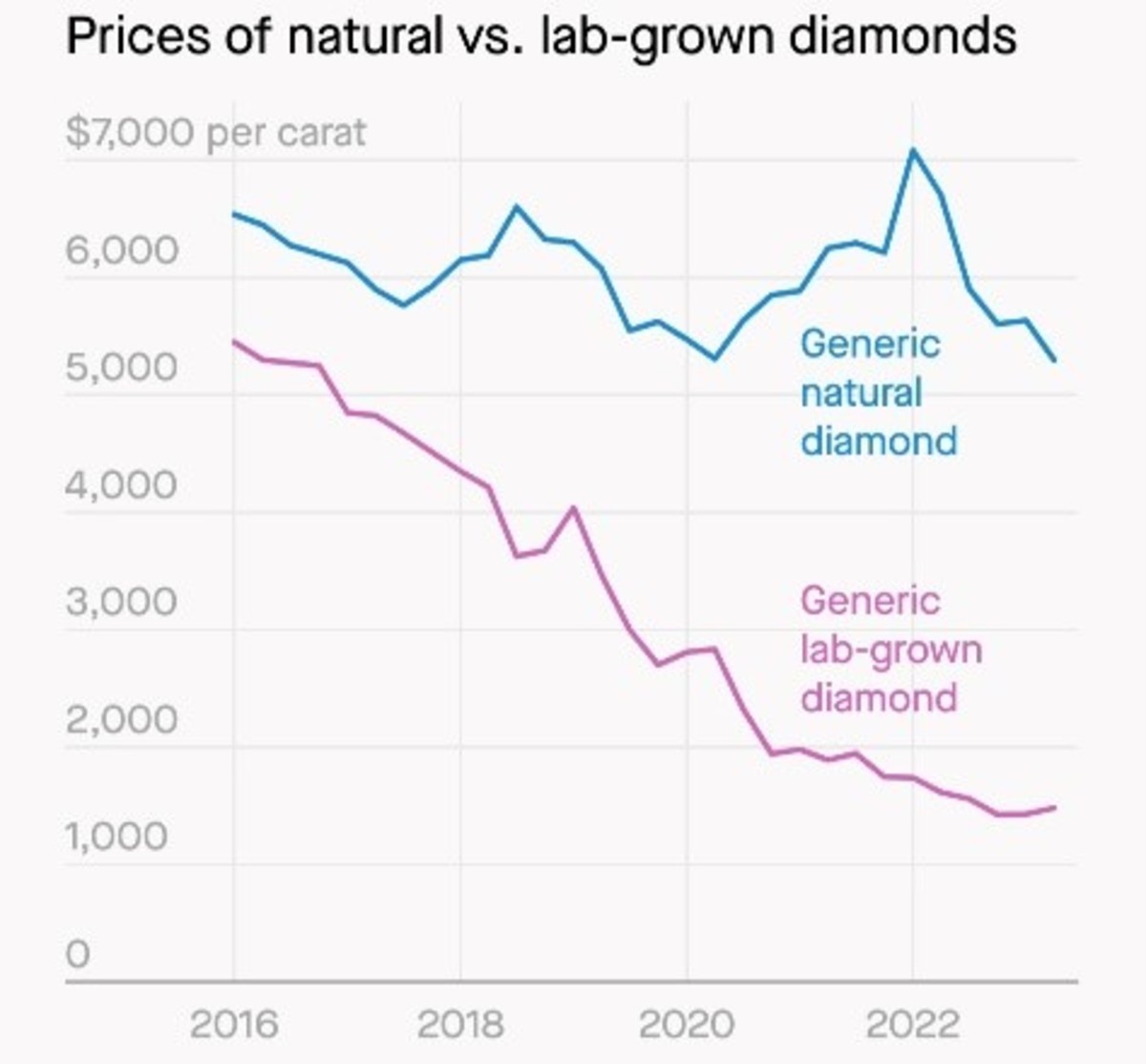Creating Cashflow with Naked Puts

Want to create cash flow? Naked Puts just might be the answer for those who like to trade paper (stocks, equities, etc), Options are a marvelous beast when you learn how to properly use them. Utilizing strategies like those outlined in the Hub is a great way to create cash flow. However, if not used right they can eat you up due to the "time factor," more accurately referred to as Theta in the Greeks.
When I first started trading I really like Options and I basically bought Calls and Puts based on whether I thought the underlying stock was going to rise in price or go down in price. It was a lot cheaper approach where I knew what my maximum risk would be. As a novice I would base my decision on the price of the Option knowing that once I bought the put or the call the maximum loss that I could incur would be the premium that I paid. In addition to this novice strategy I NEVER sold an option. Why would someone assume a theoretical unlimited risk to make $50, $75, or even $150? It made absolutely no sense to me at all.
After losing a lot of money I decided to get educated. This "Theta" that I mentioned before is very critical to the Option trader. When time is working for you instead of against you interesting things happen. In this blog I am going to to talk about a strategy that I like where time works in your favor instead of against you and how you can use the Delta to help you manage your trade. I would encourage you to continue reading because what I am going to talk about is not only easy, but is also very profitable with controlled risk.
Options are what is known as a derivative. It is a contract that has a value placed on it and that value is determined by several factors. These factors include time until expiration, implied volatility and the strike price in relation to the underlying stock price. Don't worry, I am not going to get all technical here, just follow the basic concept. These factors determine what the price or value of the option is.
I am going to focus mainly on time in this blog. The more time there is left in the Option the more time value is in the Option. This time value erodes as the days tick away. This can be good or bad all depending on what side of the Option you are on. For those who sell Options, every day that ticks away is more money in their pocket from this time value. For those who bought the Options the stock needs to be moving in the right direction in order for the value of the option to increase beyond the time decay that is taking place.
By learning how to use the Option Greeks it is very easy to enhance your understanding of the risk and characteristics of the options trade you currently hold. After reading this blog I am confident you will look at your Options in a different manner. Let me get into the three strategies that I would like to talk about.
The Naked Put Strategy
Sounds horribly risky doesn't it. I mean, who likes being naked? I am sure that you have heard that in the Naked Put you have a theoretically unlimited amount of risk while having limited profit potential. In one sense of the explanation this is true because you are selling (shorting) a Put Option. Let's say that we are looking at stock XYZ and the current price of this stock is $25.00. You think that this stock has great potential (going up that is) and by your analysis find that at $23.50 there is strong support. Therefore, as this stock goes through the gyrations of the day you don't think it will ever get below this $23.50 support area as it bounces upward into new highs. Therefore, you decide to sell a $20.00. Let's just say that the premium on this Put is .85 cents (this would really be $85.00 because it is .85 cents a share and the Option represents 100 shares).
When you sell the $20 Put you will immediately collect the premium, which is your maximum potential gain. Now comes the time factor. As long as the stock stays above this $20.00 strike price you are gaining money due to the decay in time value. Because this Put was out of the money (OTM) the full .85 cents was all time value.
What is your risk in this trade. Well, theoretically it would be $20 minus the .85 cents you collected or $19.15 times 100. In real dollars this is a maximum loss potential of $1,915. Realize though, that XYZ would basically have to go out of business for you to realize a maximum loss.
Right now you are probably thinking, "This is nuts! Who in the world wants this trade?" Well the answer to that is, "those who like to make money." This is actually a VERY safe trade when you manage it correctly. And guess what? It is VERY easy to manage when you use the Delta. You really don't even need to understand Delta, all you need to do is follow a couple simple rules.
Delta helps you understand the risk that you are taking on in the Naked Put strategy, which is how we are going to make this a VERY safe trade. You want to consider this trade only on stocks that you believe will either increase in price or continue to trade in a sideways pattern. It is also what is considered a negative volatility trade. In other words, if you find a stock where the Implied Volatility (IV) is high this will also cause the deterioration of the premium to increase. You can check the IV on any stock for free at <a href="http://www.ivolatility.com">www.ivolatility.com</a>.
Where people typically miss out on this trade is because they only look at the risk and reward without considering the probability of success. This is where the Delta comes into play. Reward and risk measured alone won't give you all of the information you need to determine the strength of the trade that you are looking at. You also need to factor into your decision this probability of success I just mentioned.
Consider for a moment an Option that has a .15 delta. This particular option is presumed to have an 85% probability to never go into the money. That's called profit to the Naked Put trader. In other words there is assumed an 85% chance of success. Most of the risk in a Naked Put is realized if the stock moves into the money. This means that the price of the stock drops below your strike price. By using <strong>low delta</strong> options you can give yourself a lot of breathing room when taking these trades. Options expire on the third Friday of each month. In the last 30 days of an Option the time value decays the fastest. Therefore, I like to place my Naked Put strategies during the third week of the month. For example, if it is the third week of January I will be looking to put my Naked Put strategies together that have a February expiration. For me, the third Friday of the month is Payday! This is when my strategies expire worthless and I have access to the full premium collected. It is also when I place my next set of Naked Puts.
This is how I like to construct this type of trade. First I find a stock that I believe will be trending up or at least I don't think that it will drop below a specific price based on my technical analysis. I then go to my brokerage account and look up the Options for the next month and go down the Delta column until I find Delta's that are between the .10 and .25 range. There is typically one or two that fall between these Delta numbers. Remember, it is presumed that these Options will have a 75 - 90% chance of expiring worthless.
Once I identify these low Delta Options I then look at the premium that could be collected should I sell it. Sometimes the premiums are real low and not worth selling. I like to sell options at .75 cents or higher. If I sell 10 Options at .75 cents that equates to a $750 maximum profit (.75 cents X 100 Shares X 10 Contracts). Your account size will determine how many of these you can sell.
The second thing I do is I spread my money around to several different trades. You may be the ultimate stock picker, but I found that I am wrong on occasion. Therefore, sell Options on several stocks. The ultimate success of a trader is the ability to limit risk. If you sell Naked Puts on 10 different stocks you may be right on 7 of the 10. The losses on the 3 won't ruin your month especially if you follow my exit rules defined below.
Managing the Trade
This trade makes money through decay. To achieve maximum profit the Option you sold would expire on the third Friday of the month worthless. In other words, you are making money on the time decay. So how do you manage the trade? Not every stock you pick will go the direction you think it will, therefore you want to know how to get out of the trade.
In our selection process we selected Options that had a Delta between .10 and .25. Should the Delta ever rise to .40 then simply exit the trade. It's that easy. The hard part of this is that you will want to look at the price of the stock compared to your strike price. You will typically see that your Option is still out of the money and you will be tempted to hang onto it because you know that the stock is going to turn around and go the direction you originally thought it would. DON'T DO THAT! If the Delta gets to .40 then just sell it and take the small loss.
If you follow these simple rules you will find that you can make consistent profits in the market with time working for you.
Side Notes:
This strategy is considered a credit trade. That means you receive your money up front because you are collecting the premium on the short Option. When you are placing your trade you have done this incorrectly if you have to "pay" or have a "debit" cost.
Profitable trades do not have to be held to expiration. In fact, yesterday (the day before I wrote this blog) I had a position that made a very strong move in my favor the same day that I placed the trade. This strong move put me in a position to collect over 50% of my total profit in the same day I placed the trade. I went ahead and exited the position taking my profits. Maximum profits are achieved when the Options expire worthless, but if you've made 50-70% of your maximum profit you may want to close the trade and look for another opportunity.
If you have never allowed an Option to expire worthless don't sweat it. You don't have to do anything, it will just disappear out of your account. However, you should pay attention to the last couple of days before expiration as these days can be volatile. If your stock ATR (Average True Range) is within range of the strike price you might not want to chance it going into the money and being exercised on your position. Just close the trade out prior to expiration.
These strategies can be very profitable and very safe if structured correctly. Have fun and make some money.





